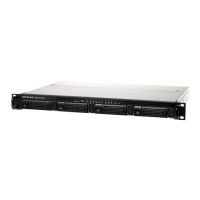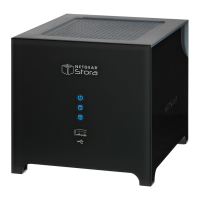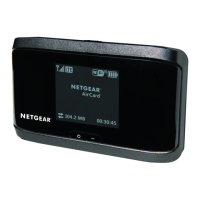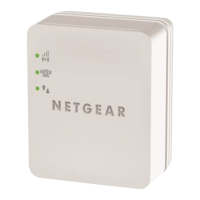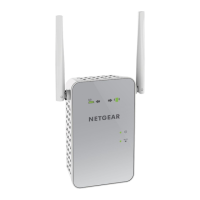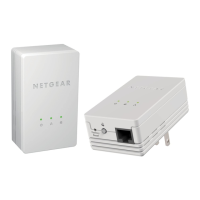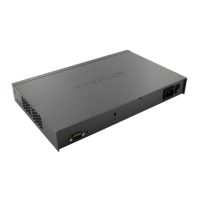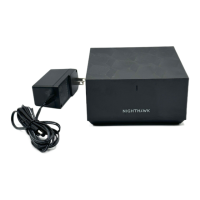
Do you have a question about the NETGEAR Nighthawk MR60 and is the answer not in the manual?
| Bands | Dual-Band |
|---|---|
| Max Data Rate | 1.8Gbps |
| Processor | Quad-Core 1.5GHz |
| Antenna | Internal antennas |
| MU-MIMO | Yes |
| WiFi Technology | WiFi 6 (802.11ax) |
| Ethernet Ports | 1 x WAN, 1 x LAN |
| Security | WPA3 |
Overview of the router's physical features and status indicator lights.
Overview of the satellite's physical features and status indicator lights.
Explains the information found on the labels of the router and satellite devices.
Guides on connecting the router, positioning the satellite, and syncing the mesh system.
Guides on connecting to the router via wired Ethernet or WiFi, including WPS.
Explains different types of logins: ISP, WiFi, NETGEAR account, and router admin.
Instructions on using a web browser to access and set up the router.
How to install and manage the mesh system using the Nighthawk mobile application.
Steps to change the language displayed in the router's web interface.
Using the wizard to automatically detect and set up router's Internet settings.
Manually configuring Internet connection settings, including login and IP details.
Setting up various IPv6 connection types like Auto Detect, 6to4 tunnel, and PPPoE.
Understanding and adjusting the Maximum Transmission Unit (MTU) size for network performance.
Enabling and configuring rules to allow or block device access to the Internet.
Managing lists of devices allowed or blocked from accessing the network.
Using keywords or domain names to block specific websites or content.
Configuring the router to block specific types of Internet services or applications.
Setting up a schedule for blocking Internet sites and services.
Configuring the router to send email alerts for security events and log activity.
Optimizing Internet traffic by prioritizing applications and devices using Dynamic QoS.
Enabling UPnP for improved network connections and device discovery.
Enabling or disabling AX WiFi features to enhance network capacity and speeds.
Configuring Wide Area Network (WAN) settings, including port scanning and DMZ.
Configuring a default DMZ server to improve compatibility with certain applications.
Changing the router's device name and configuring LAN TCP/IP settings.
Specifying the IP address pool assigned by the router's DHCP server.
Disabling the router's built-in DHCP server feature.
Assigning permanent IP addresses to devices on the local network.
Using the WPS wizard to easily connect WPS-enabled devices to the WiFi network.
Modifying the WiFi network name (SSID) and security settings.
Configuring the router to operate as a WiFi access point.
Configuring VLAN and bridge settings for IPTV services.
Manually defining static routes for network traffic.
Enabling or disabling implicit beamforming to improve WiFi signal strength.
Checking for and updating the firmware for the router and satellite devices.
Changing the router's administrator password and enabling password reset.
Displaying information about the router, Internet, and WiFi settings with status indicators.
Viewing detailed statistics for the router's Internet port, including traffic and uptime.
Checking the current status of the router's Internet connection.
Viewing and managing logs of router activity, including blocked access attempts.
Viewing a list of all devices currently connected to the network.
Monitoring and setting limits for Internet traffic volume and connection time.
Backing up, restoring, or erasing router configuration settings.
Setting up and using remote access to manage the router over the Internet.
Returning the router or satellite to its original factory default settings.
Allowing specific incoming Internet traffic to reach local servers or applications.
Dynamically opening incoming ports based on outbound traffic for specific applications.
Configuring the router to enable VPN client-to-gateway connections.
Instructions for installing OpenVPN client software on various devices (Windows, Mac, iOS, Android).
Setting up VPN clients to access the home Internet service remotely.
Restricting VPN clients from accessing the Internet, allowing access only to the home network.
Recommended sequence for restarting the modem and router to resolve network issues.
Checking WiFi and network settings to ensure they match between devices and the router.
Troubleshooting problems with the router and satellite not syncing correctly.
Steps to resolve issues when unable to log in to the router's web interface.
Diagnosing and resolving issues preventing access to the Internet.
Resolving problems with loading web pages, DNS issues, and PPPoE connections.
Diagnosing and resolving problems with connecting to the mesh WiFi network.
Using the ping utility to test LAN and remote device connectivity.
Details of the default factory settings for the router and satellite.
Technical specifications for the router (MR60) and satellite (MS60) devices.




